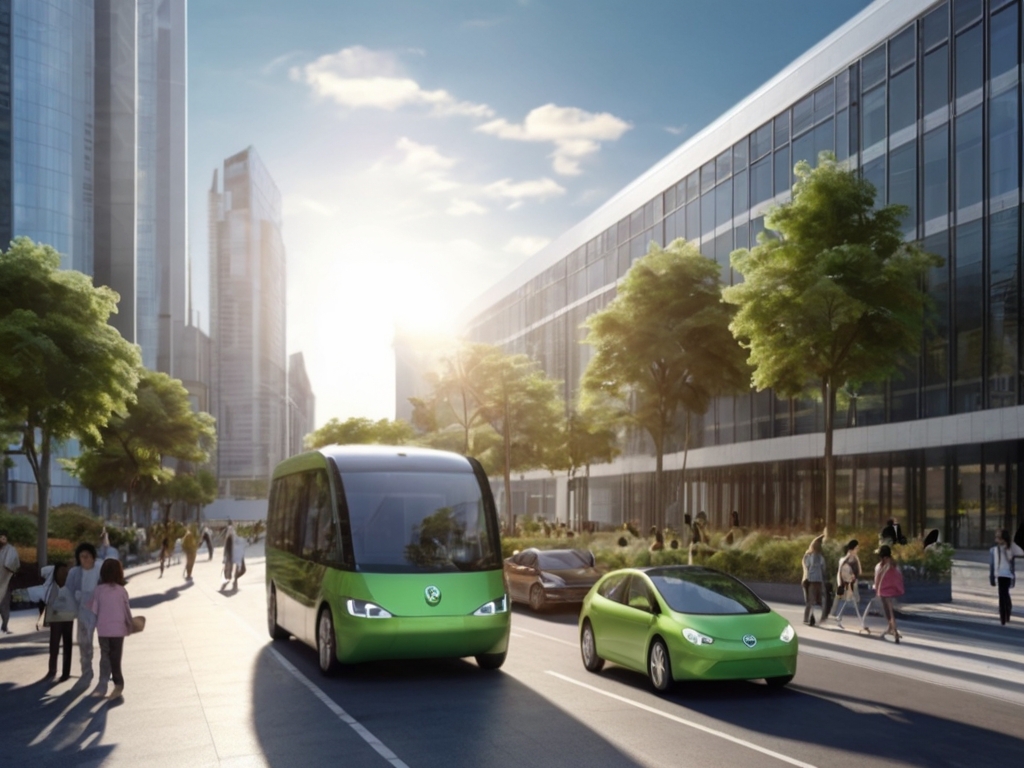Introduction
In the heart of our cities, beneath the noise of traffic and the hum of everyday life, lies a silent revolution—one that will reshape the very infrastructure of our world. This is the energy transition, a shift so monumental that it’s poised to change not only how we power our lives but also the financial and geopolitical landscapes we depend on. Let’s unpack this complex transition through an engaging yet factual narrative, focusing on the physical challenges ahead and their profound impact on our financial and geopolitical future.
The Scale of the Energy System: A Legacy in Transition
The current global energy system is an immense web, featuring more than 60,000 power plants and two million kilometers of pipelines. This network feeds 1.5 billion vehicles and powers billions of homes, factories, and businesses across the globe. But this vast infrastructure has a staggering environmental cost—85% of global CO2 emissions stem from it, with every liter of gasoline burnt releasing two kilograms of CO2 into the atmosphere.
This environmental debt weighs heavily on our future. The burning question: how do we transition to a cleaner energy system without disrupting the global economy that relies on it?
The Physical Challenge: Moving From Fossil Fuels to Green Energy
The shift to renewable energy isn’t just a technological change—it’s a complete overhaul of physical assets. Across seven domains of the energy system, experts have identified 25 physical challenges that must be addressed to move away from high-emission processes toward low-emission alternatives. These challenges span the power sector, mobility, industry, raw materials, hydrogen, and more, and are deeply interdependent, making progress in one area reliant on breakthroughs in another.
For example:
- In mobility, electric vehicle (EV) adoption must accelerate dramatically. By 2050, we need 1 billion EVs on the road, up from today’s 30 million. Yet, current technology only serves about 70% of household needs, with an average range of 400 kilometers—far less than the 650 kilometers provided by internal combustion engines.
- Battery technology must improve, with energy density increasing at 3% per year, yet even now, long-haul trucking—a cornerstone of global trade—remains tough to decarbonize. Heavy-duty battery electric trucks, for instance, could fail to meet 20-45% of long-haul use cases under current regulations.
Financial Frontiers: Trillions at Stake
The transition to low-emission technology isn’t cheap—trillions of dollars in investment will be required. Building the infrastructure for green energy, from expanding grids to deploying 16 million public EV charging stations by 2030, will demand unprecedented capital flows. Battery manufacturing alone must scale tenfold in the next decade.
Yet, there’s a geopolitical twist. The minerals critical for green technologies, such as lithium, cobalt, and nickel, are largely concentrated in a handful of countries. Currently, just three countries supply more than 80% of these essential materials. This geographic concentration could reshape global power dynamics, as nations race to secure access to these valuable resources, shifting alliances and trade routes in ways reminiscent of the oil crises of the 20th century.
Hydrogen: A New Energy Giant in the Making
Hydrogen has the potential to be a game-changer. Capable of providing high-temperature industrial heat and long-duration energy storage, it’s uniquely suited for sectors that are difficult to electrify, such as steel production and aviation. But today, less than 1% of hydrogen is produced using low-emission processes. To meet future demand, electrolyzer capacity for hydrogen production must expand thousands of times over by 2050.
However, hydrogen is not without its physical challenges. It’s an energy-intensive process to produce, transport, and store hydrogen, with up to 75% energy loss from production to end-use. Overcoming these inefficiencies will be key to making hydrogen a viable part of the global energy mix.
Geopolitical Implications: The New Energy Arms Race
As the energy transition unfolds, it’s not just about decarbonization—it’s about who controls the future. Nations leading in green technology innovation and critical mineral supply will shape the 21st-century geopolitical landscape. China, for instance, has already built 3 million public EV charging stations, more than the rest of the world combined. Other countries must keep pace, or risk falling behind in this new energy arms race.
Conclusion: A Quote for the Future
The path ahead is daunting. The energy transition requires not just technological advancements but also global coordination on an unprecedented scale. As we navigate this transformative period, one lesson becomes clear:
“In the battle between economic growth and environmental stewardship, the true path forward lies not in choosing one over the other, but in harmonizing progress with the planet. The future belongs to those who lead with both innovation and sustainability.”
As nations, companies, and individuals, the choices we make today will determine whether we step into a future where prosperity and the planet coexist, or one where the costs of inaction leave us paying the ultimate price. The energy transition isn’t just about powering the world—it’s about defining the future of global finance, geopolitics, and life as we know it.

Leave a Reply